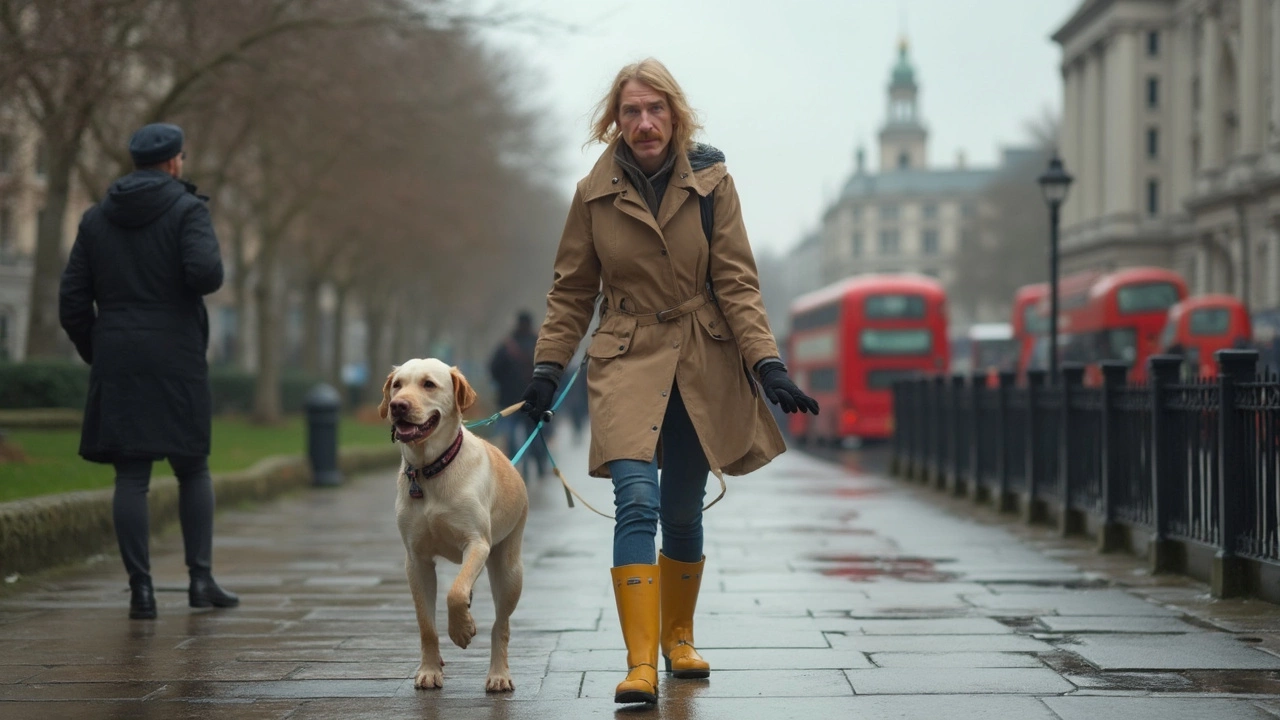Stop Pulling: Effective Ways to End Your Dog’s Tugging on Walks
If your pup drags you like a sled, you’re not alone. A pulling dog makes walks stressful and can even hurt you. The good news? A few simple tools and some consistent training can change that fast. Below you’ll get straight‑to‑the‑point advice you can start using today.
Quick Fixes: Gear That Works
The easiest way to calm a puller is to use a leash or harness designed to stop the tug. A front‑clip no‑pull harness moves the pulling force to the dog’s chest, turning the walk into a gentle tug‑of‑war. Look for sturdy stitching, a padded chest plate, and a leash that clips right at the front.
If a harness feels too much, try a head‑halting collar. It works like a horse’s halter: when the dog lunges, the head turns toward you. Most dogs learn quickly that pulling makes them look silly, so they relax. Start with short sessions at home so the pup gets used to the feel before heading out.
Don’t forget the leash itself. A four‑foot, firm‑grip leash gives you control without a lot of slack. Heavy‑weight leashes can help stop the snap‑back effect that makes pulling feel rewarding to the dog.
Training Techniques That Actually Stick
Gear helps, but the real fix is teaching the dog what you want. The “stop‑and‑go” method is a classic. When the pup pulls, stop walking. Wait until the leash loosens, then move forward again. The dog learns that forward motion only happens when the line is slack.
Another easy trick is the “turn‑around” cue. As soon as the leash gets tight, turn 180 degrees and walk the other way. The dog has to follow your lead, and the sudden change teaches them to pay attention to your direction.
Reward the calm behavior. Keep treats in a pocket and give a bite the moment the leash slackens. The reward reinforces the quiet, loose‑leash walk. Consistency is key – every walk should follow the same rules, otherwise the dog gets mixed messages.
Practice in low‑distraction areas first. A quiet park or empty street lets the dog focus on you, not squirrels or other dogs. Once the loose‑leash habit sticks, add more challenges slowly.
Finally, keep sessions short and upbeat. Ten‑minute walks with clear goals are better than long, chaotic strolls that end in frustration. End each session on a good note with praise and a fun play break.
By pairing the right equipment with steady, reward‑based training, you’ll see the pull fade in weeks, not months. Your walks become enjoyable again, and you’ll bond more with your dog as you explore together.
Dog Collars: How to Stop Your Dog from Pulling on a Leash
Ever feel like your shoulder is about to pop out because your dog pulls like a tiny sled team? This article breaks down why dogs yank, what actually works to fix it, and which collars can be your secret weapon. Get real tips and no-nonsense advice for making walks way more enjoyable for both of you. Learn quick training tricks and spot the mistakes many dog owners make. You’ll feel more in control—no treats required (okay, maybe just a few).
